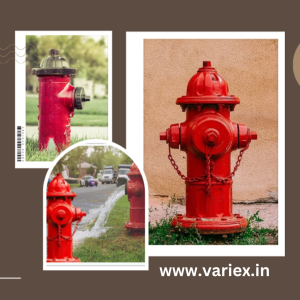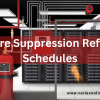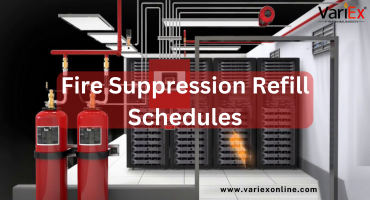![]()
Fire Immuniser
+91-7829629111
Email: info@variex.in
Varistor Technologies Pvt. Ltd.
Block-1, First Floor, Ardente Office One, Hoodi Circle, ITPL Main Road, Bengaluru, Karnataka 560048, IN
How To Use Fire Hydrant System
Frequently Asked Questions
A fire hydrant system is a network of pipes, valves, and hydrants designed to provide firefighters with immediate access to water for extinguishing fires in urban and suburban areas.
Fire hydrant systems are connected to a pressurized water source, usually the municipal water supply. Firefighters access the water by opening the hydrant valves and connecting hoses to the hydrant outlets to direct water onto the fire.
Fire hydrants are strategically placed along streets, sidewalks, or other accessible locations to ensure adequate coverage and quick access for firefighters during emergencies.
Municipal authorities or utility companies typically maintain fire hydrant systems. This includes installation, inspection, testing, and repair to ensure their proper functioning.
Fire hydrants are regularly inspected and tested, usually annually, to ensure they are in working condition. Visual inspections may also be conducted more frequently to check for damage or obstructions.
Final Say
We at VariEx.in or Variexonline.com have mastered the art of designing, installing, inspecting, and fixing automatic sprinkler systems with the help of our in-house team, which is capable of delivering the fire sprinkler services you need, whether large or small and at affordable cost.
To schedule a fire sprinkler installation, or you think our services could benefit your commercial property, contact us online or give us a call at, 7829629111







